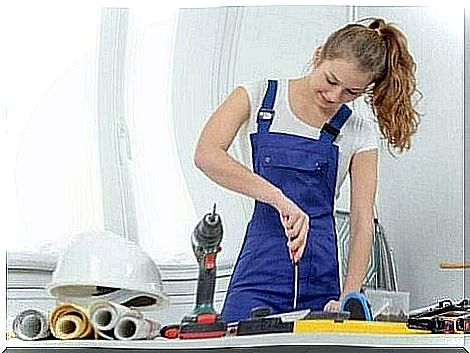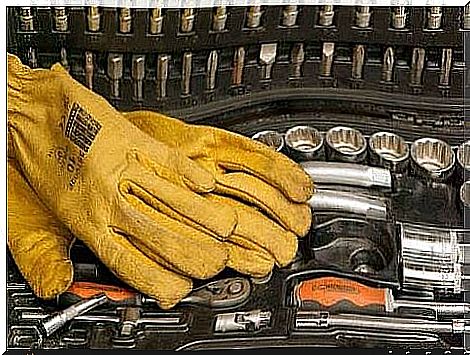The IKEA Effect: When You Appreciate More What You Make Yourself

The IKEA effect takes its name from something that many of us often experience : the joy of building things ourselves. The “do-it-yourself” movement has been growing in the marketing world for decades and extends far beyond the DIY space and furniture. Business psychologists and advertisers have known about this striking cognitive bias for decades.
Everyone has done it at one time or another: Putting together a desk, baking a cake from a bag, or even painting a picture using instructions that describe the shapes and colors you should use on each part of the canvas.
People like to feel the satisfaction of being able to create or achieve something with their own hands.
This sense of competence means that you even value the end product much more, whether it is a piece of furniture, a dessert or even dyeing your own hair. Companies are well aware of this, and this means that they utilize and charge more for these products. You would think that the fact that a customer has to install a cabinet would make it cheaper, but that is often not the case.
Join us as we analyze this effect.

The IKEA effect: Five features you should be aware of
The IKEA effect is almost as old as the Swedish multinational company itself. However, it was not until 2011 that this cognitive bias was first noticed. It was Dr. Michael I. Norton of Harvard Business School and Daniel Mochon of Yale University who in this report described the tendency for people to value a product much higher when they make it themselves.
One thing they were able to conclude was that when consumers put the furniture together themselves, they put a higher value on the final product. A kind of bond of love was created with the bed or table they put together or the chairs that came unassembled. However, there was one important aspect: the assembly should not be too complex.
However, the IKEA effect tells us much more than this.
Even if you think otherwise, you do not pay less
This strategy for large companies is intelligent and very beneficial. One thing that the authors of this study, Norton and Mochon, discovered is that the IKEA effect means that the more effort you put into something, the more you value it.
This means that you are not aware that you are actually paying more for a product that will cost much less (as the manufacturer avoids assembly costs).
Companies such as IKEA itself and other similar companies follow this business model. Also, something else you mistakenly think is that since you are the one assembling the furniture, the price must be cheap. However, this is often not the case.
The IKEA effect: Even though they are not perfect, they are still “my furniture”
The IKEA effect is also based on another interesting cognitive bias: the gifted effect. It says that people sometimes establish a sense of ownership over what they have made themselves.
For example, it does not matter if your bedside table is skewed. It’s your table because you assembled it. You spent almost two hours assembling it, so the item is a part of you. Although the end result is not ideal.
The same goes for what you make of food. Sometimes you will insist on eating a meal you have made even if it does not taste so good, just because you have made it yourself.
Self-efficiency and the need for competence
There is something quite remarkable about baking a cake when you get all the ingredients in a box. It is also a pleasure to put together a closet or a bunk bed for your children. These tasks give you a welcome sense of self-efficacy.
Few things are as positively reinforcing as seeing that you are doing well and that, by following the instructions, you were able to build a piece of furniture or make a cake.
People need these skills experiences to improve their self-perspective. With the IKEA effect, it is very common for people to share all the things they have made with others. We want all our friends and family to see what we have made ourselves, including food.
The big companies knew this was going to happen, and they knew how satisfying it would be for us. They want us to feel this way, because this makes us avoid realizing that the product may not be worth the money they charge for it.
Make it yourself with your own ingredients and without instructions
That said, it’s a much more enriching and rewarding approach that we’ll tell you about. One that can be much more beneficial to you mentally.
You should try to innovate! Use a little radical creativity and create your own products without resorting to something that is already “prefabricated”. Why not make a fantastic dessert without resorting to the finished products sold in the store?
In the same way , there is nothing more rewarding than restoring old furniture and giving it a new use. Essentially, there are many more crafts that allow you to feel competent and end up with amazing results.
The IKEA effect is becoming more and more common on the market, and it will be good to be able to identify it when it is sold to you.









